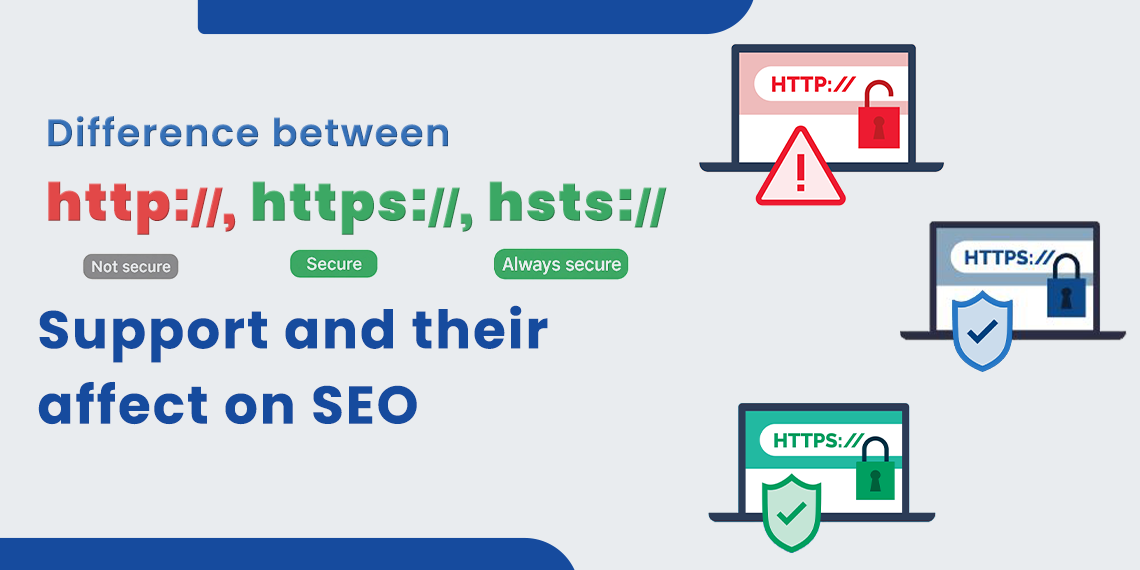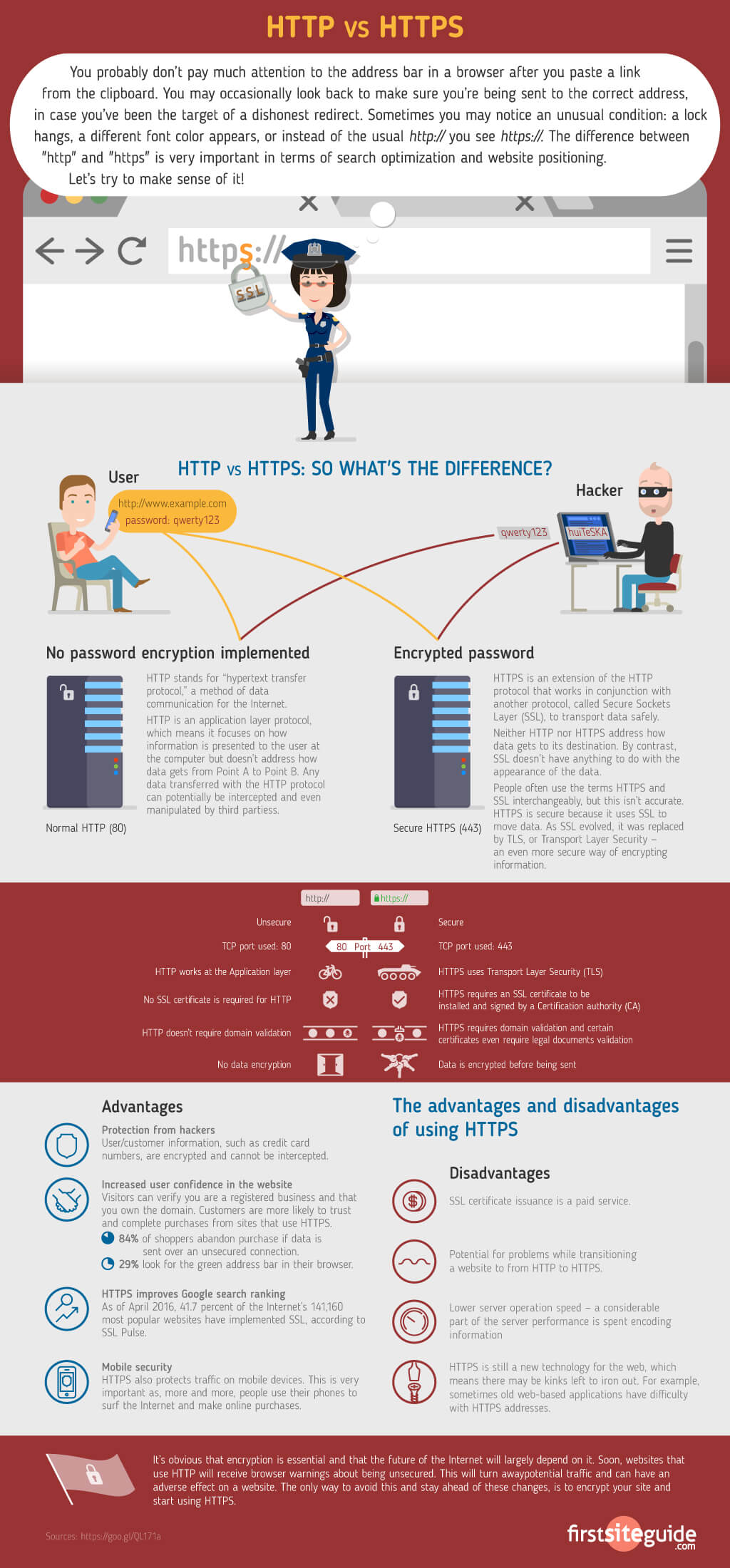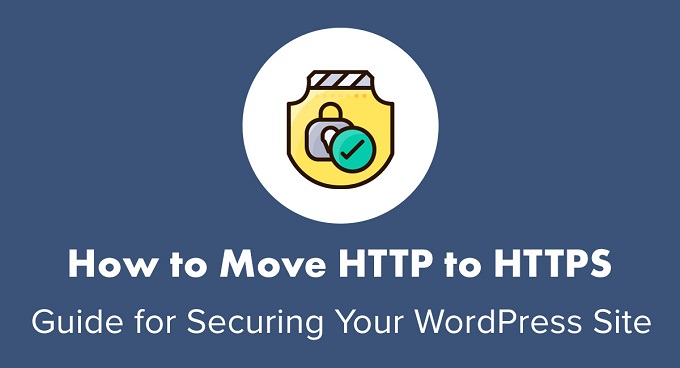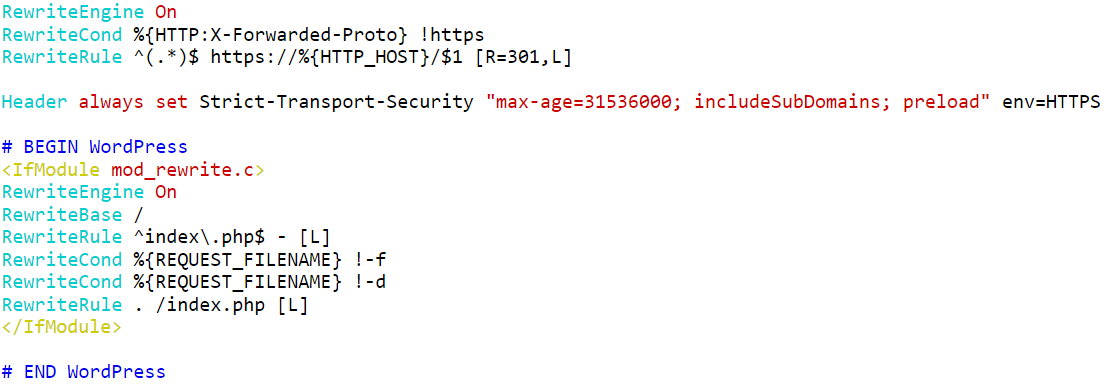
Posted On : 28 January 2020
Website security is no longer optional because it directly influences your search rankings, user trust, and compliance. Understanding the difference between HTTP, HTTPS, and HSTS is crucial for any business investing in an effective SEO service.
As part of modern technical SEO, these protocols improve page speed, protect user data, and boost your position in search results.
In this guide, we explain how HTTPS and HSTS work together, why they matter for SEO in 2025, and how you can implement them to stay ahead in the digital race.
Increased Security Can Get Your Website a Better Ranking
Every company wants its website to appear at the top of the search results page. In the age of online transactions, secure websites are dominating positions on SERPs.
When more people visit the site, there is a chance for more sales. Promoting your website to the top of the search results page is done by Google, which analyzes your site’s ability to satisfy users.
While the usefulness of content is the major factor for ranking, there are other important aspects like the security of the page and page loading speed.
Both of these provide a better browsing experience, and that is what Google wants. This is why improving the security of the website can favorably impact your SEO and get you more visitors.
Know the Difference Between HTTP and HTTPS

When you talk about HTTP and HTTPS difference then you must see how they move data.
HTTP (Hypertext Transfer Protocol) started as the first way to carry data between browsers and servers. It runs fast, but it never protects the information.
HTTPS (Hypertext Transfer Protocol Secure) adds strong locks with SSL/TLS, which protect private details from hackers.
The difference between HTTP and HTTPS is important as HTTP sends data without protection, but HTTPS keeps it safe and hidden. Some new users often confuse and search for the difference between HTML and HTTPS, but they serve very different purposes.
HTML (HyperText Markup Language) is the coding language used to structure and design content on web pages, like text, images, and links.
On the other hand, HTTPS (HyperText Transfer Protocol Secure) is a secure communication protocol that protects the data exchanged between your browser and a website.
With HTTPS, users see a padlock icon in their browser, which is a symbol that builds trust. This is why in HTTPS vs HTTP SEO comparisons, HTTPS consistently comes out on top as it enhances both security and search rankings.
The Relationship Between HTTPS and Ranking
Google wants every user to feel safe online, so it ranks secure sites higher. At first, HTTPS gave only a small rank lift, but with Google’s 2025 SEO Guidelines, it now stands as a strong ranking signal, which is even more when you join it with HSTS (HTTP Strict Transport Security) and Certificate Transparency logs.
In comparisons like HTTPS vs HSTS or HSTS vs HTTPS, remember that HTTPS encrypts data while HSTS enforces HTTPS-only access. They work together, but HSTS closes security gaps that HTTPS alone fully covers.
HTTPS plays a key role in boosting Core Web Vitals, which are Google’s key metrics that measure site speed, responsiveness, and visual stability by providing faster and more reliable connections.
If you’re unsure how to implement this, then a reliable SEO service provider like BThrust can guide you through every technical and strategic step.
Certificate Transparency (CT) Logs
Google now tells all public SSL certificates to sit inside Certificate Transparency (CT) logs. These logs prevent the misuse of certificates and allow site owners to monitor them using tools like crt.sh.
Adding Certificate Transparency (CT) logs builds greater trust, improves SEO, and verifies your site’s authenticity in the eyes of search engines.
It’s a subtle yet essential component of effective technical SEO.
Understanding the Dangers of Not Using HTTPS
Websites without HTTPS face serious risks, like:
- User data is exposed.
- Browsers show “Not Secure” warnings.
- Rankings suffer due to a lack of trust signals.
Even sites with HTTPS can face vulnerabilities if poorly configured. For example, relying only on 301 creates a brief window where attackers can exploit the site through SSL stripping.
Another risk is mixed content, which occurs when an HTTPS page loads insecure resources such as HTTP images or scripts. This not only weakens overall security but can also break site functionality.
How to fix mixed content:
- Implement Content Security Policy (CSP) headers to block unsafe or insecure assets from loading on your website.
- Audit your site with DevTools to identify insecure resources.
- Update all links and resources to HTTPS.
Get Improved Security with HSTS Support
HSTS (HTTP Strict Transport Security) instructs browsers to load your website exclusively over HTTPS, effectively eliminating the vulnerability window created by redirects.
Benefits of HSTS:
- Stronger protection against SSL stripping.
- Faster load times, supporting Core Web Vitals.
- Provides stronger SEO signals in HTTPS vs HTTP comparisons, giving secure sites a competitive edge in search rankings.
This raises the question: HSTS vs HTTPS — which is better?
- HTTPS encrypts data.
- HSTS requires HTTPS-only usage.
- Together, they form a stronger shield for both security and SEO.
HSTS Preload List
Websites can go a step further by submitting their domain to the HSTS Preload List, ensuring browsers enforce HTTPS-only access from the first visit. This builds trust, prevents downgrade attacks, and provides an SEO edge.
HTTPS Impact on Paid Campaigns
Security isn’t just for SEO, but it also affects Google Ads and PPC campaigns.
- Broken redirects or mixed content can interfere with conversion tracking.
- Ad disapprovals may occur if landing pages are flagged as insecure.
- After migration, always audit PPC URLs and tracking templates to ensure accuracy.
This protects your ad budget and ensures consistent ROI.
How to Implement SSL, HTTPS, and HSTS Support

Step 1: SSL Certificate
Obtain and install an SSL certificate (or use free options like Let’s Encrypt).
Step 2: Server Configuration
For Apache servers, edit the httpd.conf or apache2.conf file. If you’re using WordPress, plugins like Really Simple SSL make the setup quick and easy.
Step 3: Redirect Rules
Updated .htaccess (2025 best practices):
RewriteEngine On
RewriteCond %{HTTPS} !=on
RewriteRule ^(.*)$ https://%{HTTP_HOST}%{REQUEST_URI} [L,R=301]
Step 4: Enable HSTS and Preload

Strict-Transport-Security: max-age=63072000; includeSubDomains; preload
This ensures your site is preloaded in browsers as HTTPS-only.
Compliance and HTTPS
With global privacy regulations like PDPA in Singapore, HTTPS has become a compliance requirement, not merely an SEO best practice. Businesses that ignore HTTPS risk not only lose rankings but also face legal issues.
By adopting HTTPS, HSTS, CT logs, and fixing mixed content, your site aligns with both SEO best practices and legal compliance.
Final Thoughts
In 2025, the HTTP and HTTPS difference goes far beyond encryption, as HTTPS now works as a ranking factor, a compliance necessity, and a strong trust signal for users that guides them toward safer and more reliable websites.
Understanding the difference between HTTPS and HTTP and using HSTS vs HTTPS techniques makes your site SEO-friendly, quick, and safe.
By enabling SSL, activating HSTS, adding your site to the preload list, and fixing mixed content, you protect your users while also boosting your SEO in the long run.
